Zurkhaneh: A Place for a Heroic Sport
Zurkhaneh, a Spiritual Gymnasium
There is an ancient sport that the people of Isfahan are still familiar with and consider it a symbol of heroism and morality. These places are known as Zurkhaneh that are indoor gyms. In the past, they were built in different districts in the city. Zurkhanehs are associated with the religion and culture of the Iranian nation. Every practice in these places reflects the traditions and lifestyles of generations of Iranians.
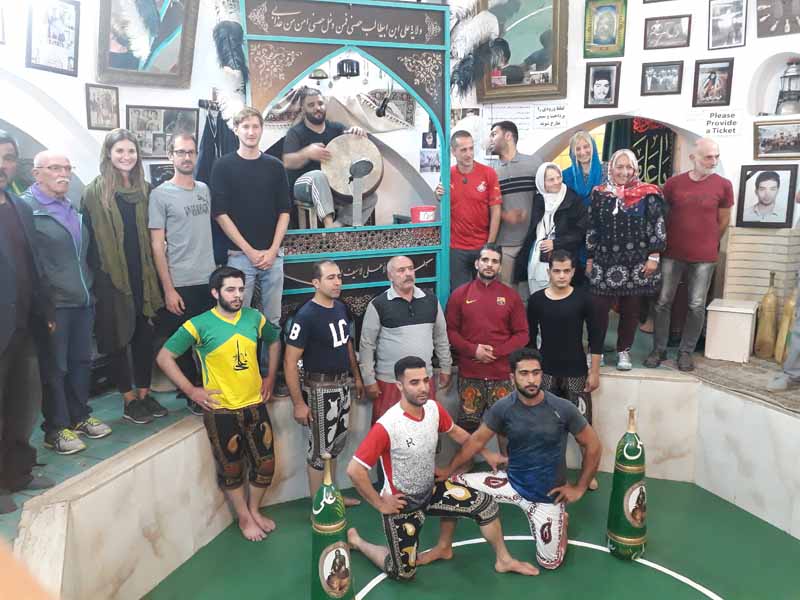
1. Background
The history of the construction of the first Zurkhanehs is rather vague. Accordingly, the history of Iran does not provide us with much evidence of the first Zurkhanehs in the country. However, we know that during the Safavid era, Zurkhaneh’s exercises became more elaborate. The famous courtiers, nobles, and merchants of the city, who sometimes built public buildings in the city, started focusing on building Zourkhanehs. Therefore, people were motivated to join the Zurkhanehs more and more during the Safavid era. One of the best examples of Zurkhanehs in Isfahan, which is still standing, is Ali Gholi Agha Zurkhaneh. This Zurkhaneh was built in the Ali Gholi Agha complex in the Bidabad district of Isfahan. During the Qajar era, Zurkhanehs were still open. Plus, Pahlavan and Sadat (the highest-ranked people in Zurkhanehs) were also widely respected by the people. Zurkhanehs gradually were replaced by other sport centers with the rise of modernity. Today, there are still Pahlavans who have kept the candles of the Zoorkhanehs burning.
2. Zurkhaneh’s Space
Zurkhaneh is an indoor space that one can enter through a small door. The athletes of the Zurkhaneh enter the Zurkhaneh space by lowering their heads through this small door. This lowering of the head is the first step to show respect toward the sacredness of the Zurkhaneh. In the eyes of the athletes, the local Zurkhaneh is very sacred. They never use bad language while they are there. They observe the etiquette of the Zurkhaneh from the moment they step inside.
The arena of the Zurkhaneh is designed to be 70 to 80 cm below the ground level. This shows the humility of the Pahlavans (literary meaning heroes but they are actually the trainers of the Zorkhaneh) and athletes of the Zourkhaneh. The audience sits on the steps on the higher level and watches the practice from above. There is a place facing the entrance (higher than other parts of the Zoorkhaneh). This is the place where the Morshed (the entertainer and mentor) sits on a chair, puts a Tonbak (Goblet Drum) on his thigh, and starts his performance.
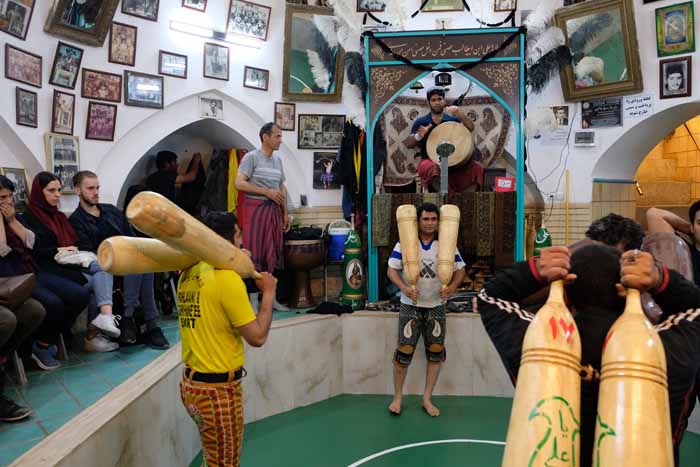
3. Traditions of Zurkhaneh
As we mentioned before, Zurkhanehs have always been a representation of the religion and way of life of Iranians. In Zurkhaneh, the ideology of the Shia branch of Islam is represented. For example, Salawat (salutation upon Muhammad, the prophet of Islam) is used to encourage athletes. Also, endless greetings are offered to the first Imam of the Shia, who they believe is the Pahlavan of all Pahlavans. The athletes carefully observe the entire hierarchy of social ranks in the Zurkhaneh. Accordingly, Sadats (descendants of the Prophet of Islam) are the most respected among the athletes. Then, there is the Morshed, who is in a way the leader of Zurkhaneh. After the Morshed, there are the Pahlavans who are mostly older than others. With their Shia morality and character, they are a model for novices and newcomer athletes.
The athletes enter the arena wearing special clothing with a unique style. In memory of the great Pahlavan, Pouria Vali, who was one of the great wrestlers, they kneel and put their hands on the floor to kiss upon it. There is a special order behind gathering around the arena. Sadats are right below the place that Morshed sits. The newcomers stand behind a person named Miandar. Miandar is the guide and the leader of the people in the group who leads the exercises in order with the coordination of the Morshed. The Morshed also guides and accompanies the Miandar with his instruments (a Tonbak and a special brass bell).
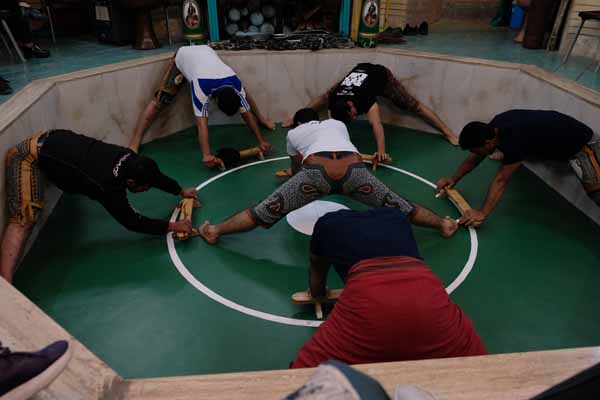
4. Zurkhaneh’s Workout Routine
1. Sang Gereftan (literary meaning ‘holding stones’)
The first workout exercise of zurkhaneh is called Sang Gereftan. The athletes of Zurkhaneh lift two wooden boards weighing 20 to 40 kilograms. They turn them left and right while they are laying on the ground. The boards are a representation of the shields that were used in ancient battlefields for defense.
2. Shena (Push-up)
Push-up is one of the main exercises in Zurkhaneh. For this exercise, they use a wooden board measuring 75 cm. After doing the push-up, it is time to do Kham Giri (bending). This exercise helps with warming up for heavier exercises.
3. Mil Giri (Holding Rods)
The athletes hold rods that are a representation of the rods used in hand-to-hand combats. They rotate them to the back of their waist, thereby strengthening their upper body. Since the Rods are lighters, for putting up an entertaining show, they can be thrown up in dramatic movements and then caught. It is worth noting that each athlete chooses the weight of the rod according to his age and strength.
4. Charkhidan (Spinning)
Spinning in the arena is a symbol of the movements on the battlefield. In this exercise, the arms are spread along the shoulders on either side of the body. Then, the athlete begins to rotate around his axis. He can do a slow or fast spin depending on his skills. This exercise starts with the lowest-ranked people and ends with Sadat.
5.Doa Kardan (Saying Prayers)
At the end of these exercises, some prayers are said. These prayers are about asking God for health and praying for the great people of the world and more. After this prayer, everyone leaves the arena except for those who have more experience and want to do the exercise of Kabbada.
6. Kabbada Zadan (exercise with a metal bow)
Kabbada is a metal object in the shape of a bow. Not everyone can lift the Kabada and it takes a lot of effort to do so. The Pahlavans carry this metal bow over their heads and bend their left and right hands, respectively, and then rotate the Kabbada. All Zurkhaneh exercises are performed with the rhythm of Tonbak. Because of this, the Morshed must also be a good musician.
5. Music and poetry in the Zurkhaneh
As we mentioned earlier, the Morshed must be a good musician. Also, he must have memorized many poems. Notably, Ghana (Lyric) and satire poetry are not recited in Zurkhaneh. Accordingly, the Morshed focuses more on reciting moral poetry. Overall, several types of poetry are recited in Zurkhaneh. Firstly, there are poems from Ferdowsi’s Shahnameh, which are often about war and war stories. Secondly, the poems that emphasize moral teachings and advice. And thirdly, the poems with the themes of heroism and chivalry. These poems are recited by the Morshed while he beats the drum. The Tonbak (Goblet Drum) on Morshed’s thighs symbolized the drums used by the two sides in the war for announcements. This should not be confused with the Tonbak in lyric Poetry.
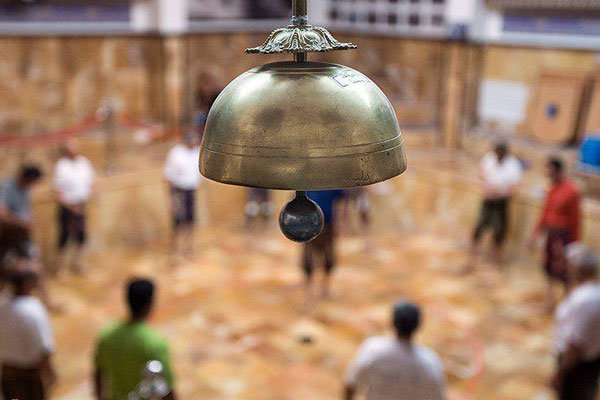
In the end, it should be mentioned that Zurkhaneh is a symbol of Iranian culture. This place is a manifestation of the beliefs of the ancient Iranians. It has an atmosphere full of spirituality and morality. The athletes of Zurkhaneh achieve moral and social growth and ultimately individual growth by participating in Zurkhaneh’s exercises.

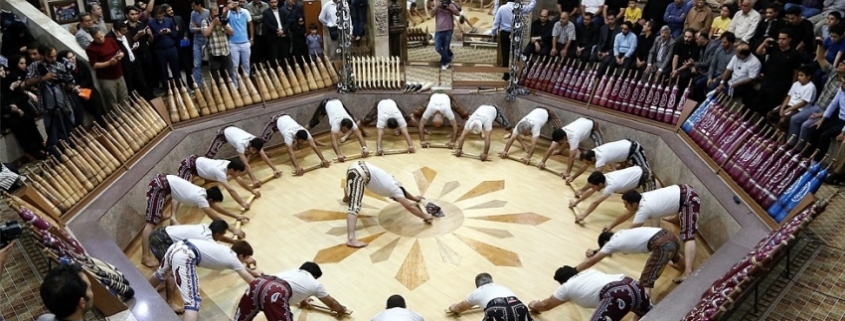
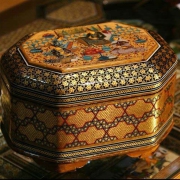
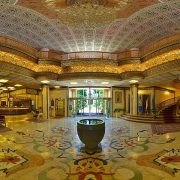
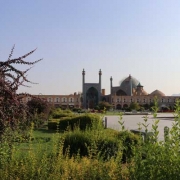
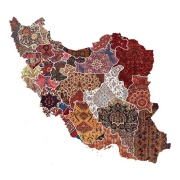
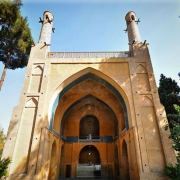
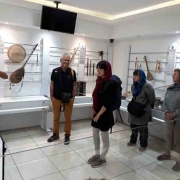
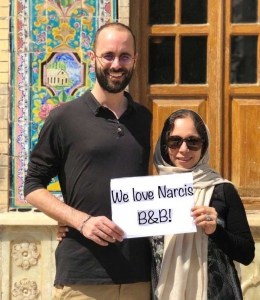




Leave a Reply
Want to join the discussion?Feel free to contribute!